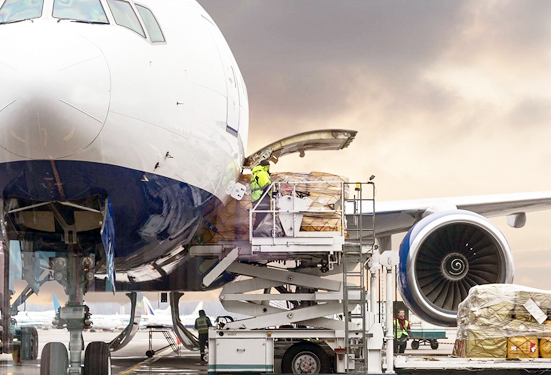July 31, 2025 | Lagos, Nigeria
The International Air Transport Association (IATA) has projected a steady 4.1% annual growth rate for Africa’s aviation industry, estimating that passenger traffic on the continent will double by the year 2044.
This projection was contained in IATA’s latest 20-year Air Passenger Forecast released on Wednesday, highlighting Africa’s significant growth potential despite existing infrastructure and regulatory challenges.
According to the report, Africa’s aviation sector is expected to expand from 140 million passengers in 2024 to approximately 280 million by 2044, driven by a combination of economic growth, rising middle-class populations, regional connectivity, and increasing airline investments.
Kamil Al-Awadhi, IATA’s Regional Vice President for Africa and the Middle East, noted that while the figures indicate great promise for the continent, realizing this potential will require strategic policy alignment among African governments.
“To unlock this growth, countries in Africa must improve intra-African air connectivity, liberalize their airspace in line with the Single African Air Transport Market (SAATM), and invest in airport infrastructure,” Al-Awadhi said.
He further emphasized the importance of safety, affordability, and regulatory consistency to attract new carriers and enhance travel experience across the continent.
Although Africa currently represents a small share of global air traffic, it is viewed as one of the last major frontiers for aviation growth, especially as global markets mature. IATA also pointed to Nigeria, Ethiopia, Kenya, South Africa, and Egypt as key markets expected to drive regional growth over the coming decades.
The forecast comes as African carriers continue to bounce back from the effects of the COVID-19 pandemic, with many reporting improved load factors and renewed fleet expansion plans.
IATA’s report serves as a strategic call to action for African stakeholders to address persistent bottlenecks and position the continent to reap the full economic and developmental benefits of air transport by 2044.


